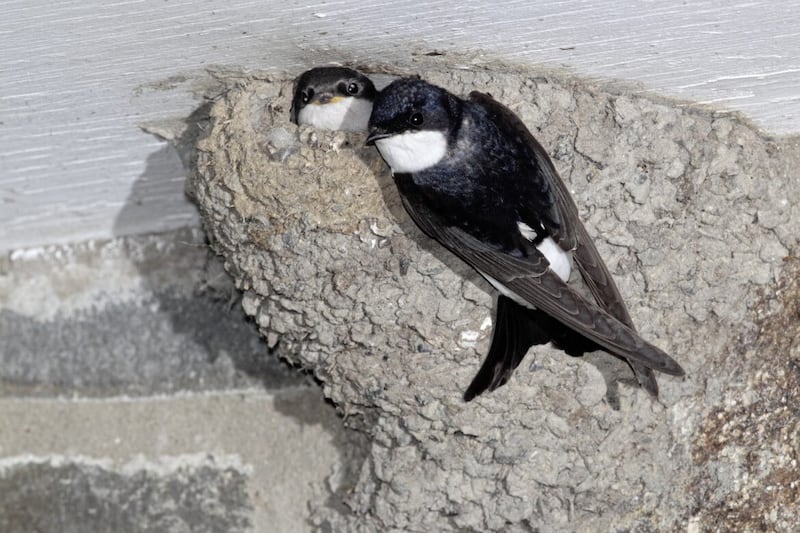EARLIER this year, when I told a bird-watching friend that I had seen a little egret foraging for food along the Co Down coast among a skein of curlews, he was quite dismissive.
'Nothing to see here' as far as he was concerned, even though this native of north Africa and the Mediterranean is a relatively new arrival in Ireland, first being spotted breeding in Cork in 1997.
They have now spread throughout the country, mostly in coastal areas although there are quite a few nesting in the low branches of trees and on the banks of the River Dodder in Dublin.
The little egret is a white-feathered relation to our native Irish grey heron which can also be seen standing in an other-worldly stillness along river banks and in the shallow waters of our coasts, waiting to strike passing prey.
Herons have the same appearance as cranes, although the two species are not closely related. However, our native crane has been extinct in Ireland since the 1700s. A combination of draining wetlands, their vulnerability to capture by foxes and being hunted by humans as a food source led to their demise.
Their striking appearance can be seen depicted in the intricate illustrations of the Book of Kells and the crane featured prominently in legends and folks tales, being associated with druidry and Fionn Mac Cumhaill. The Curragh (Crane Meadow) in Kildare comes from the Irish word 'corr' which is found in hundreds of other placenames throughout Ireland.
However, over the past few decades cranes have started to make a comeback, during migration and with some evening wintering it out in our relatively mild climate.
And now, for the first time in more than 300 years, a pair of chicks have hatched in Ireland.
The chicks were born in May but was reported just this week by Bord na Móna. They hatched in one of their re-wetted peatlands in the Republic, although they have not revealed the exact location and one of the chicks has not been seen for some time, possibly been taken by a predator.
Lead ecologist at Bord na Móna Mark McCorry said: "It shows that we are creating the right conditions in our rewetted peatlands for these magnificent creatures to thrive. This is the third year that the cranes have nested here and the first time they have produced chicks so there is every chance they will return next year with hopefully a more successful outcome."
Mr McCorry believes that there may be more breeding pairs.
"We're getting reports of sightings in other areas which lead us to believe that there may be more than one pair of cranes on our peatlands," he said.
"If that is the case, it is absolutely fantastic and shows what we can achieve when we enhance and protect our natural habitats and that common cranes have a real chance of re-establishing as an iconic wetland bird in Ireland."
In other sightings news, a new humpback whale has been spotted off the Co Donegal coast in recent weeks. The humpback whale, nicknamed Orion, was sighted approximately 60 kilometres north-northwest of Malin Head by crew aboard the Republic's Marine Institute's RV Celtic Explorer as part of the annual Western European Shelf Pelagic Acoustic.
According to the Marine Institute, humpback whales grow up to 14 to 17 metres long, and are predominantly black in colour with long white flippers and often white patches on the underside.
To date, the Irish Whale and Dolphin Group has documented 112 individual humpback whales in Irish waters since 1999, many of which are recorded year after year.








